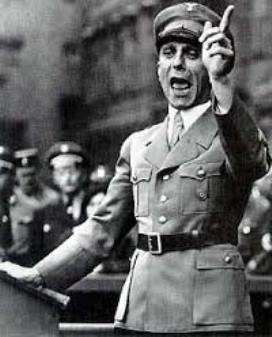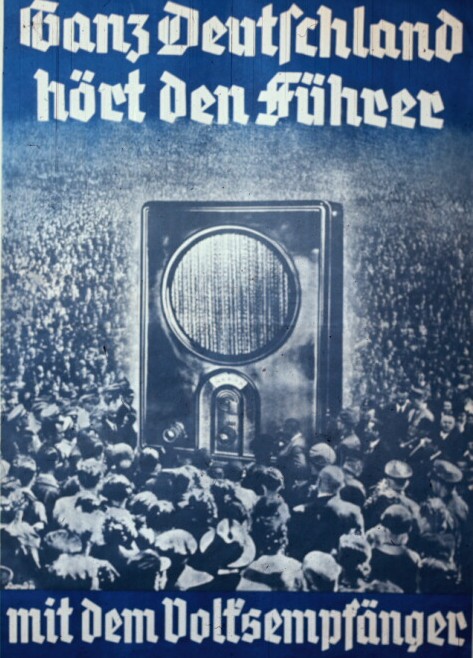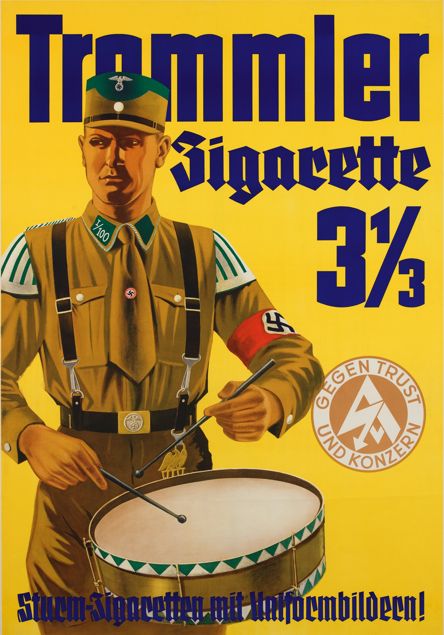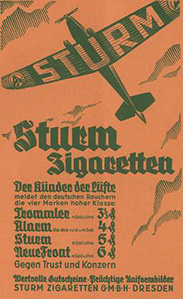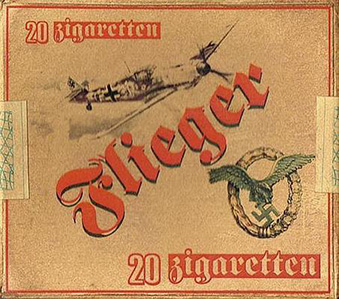Week 3: Terror, Complicity, and Propaganda
I. A Revolution by Installments
A. Intensification of Executive Powers
B. Coordination of State Governments
C. The “Legal” Transfer of Power
D. Revolution from BelowImage: The Hitler Cabinet, 1933
Image: The Reichstag Fire, 27 February 1933
Image: An SS-Man and a Policeman on Patrol, Berlin, March 5, 1933
Map: The 'Wild Camps' of 1933-1934II. Gestapo and Society
A. Omnipotent, Omnipresent, and Omniscient?
B. Sources of Information: Observation, Inter-Agency Communication, DenunciationGraph: Initiating Causes of Gestapo Investigations, Düsseldorf, 1933-1945
Graph: Rate of Privately and Ideologically Motivated Denunciations to the Düsseldorf Gestapo, 1933-1945Graph: Content of Denunciations to the NSDAP in Lippe, 1933-1945
Graph: Rate of Denunciations for Political Crimes to the NSDAP in Lippe, 1933-1945
Graph: Initiating Causes of Sondergericht Prosecutions in Darmstadt, 1935Graph: Initiating Causes for Gestapo Investigations of 'Race Defiling,' Würzburg Gestapo, 1933-1945
Graph: Denunciation Rate for 'Race Defiling' and 'Friendship with Jews,' Würzburg Gestapo, 1933-1945
III. The Formation of a Police State
A. Was Nazi Germany “Totalitarian”?
B. Was Nazi Germany “Polycratic”?
C. “Working Toward the Führer”IV. Coordinating the Media
A. Joseph Goebbels and the Ministry for Popular Enlightenment and Propaganda
B. Goals and Structures of the RMVP
C. Propaganda and PolycracyMap: Territorial units ("Gaue") of the NSDAP
Image: Eugen Hadamovsky (1904-1945), Director of the Reich Broadcasting Company (Reichs-Rundfunk-Gesellschaft)
Image: "Radio--Everywhere!" (1935)
Image: Otto Dietrich (1897-1952), Chairman of the Reich Association of the German Press
Image: Max Amann (1891-1957), President of the Reich Press ChamberV. Ritual and Conformity in the Third Reich
A. Propaganda and the Feedback System
B. New Rituals and Gestures of Compliance
C. The War that Hitler Won?Images above: (1) A poster for Trommler cigarettes, the official brand of the Sturmabteilung (SA), the paramilitary arm of the NSDAP. Image source: University College London; (2) A advertisement for products of the Sturm Cigarette Company in Dresden, manufacturer of the Trommler, Alarm, Sturm, and fancy Neue Front cigarettes; (3) A pack fo Flieger ("Airman") cigarettes, a brand marketed to members of the new German air force, the Luftwaffe. After the purge of SA-Chief Ernst Röhm in June 1934, the manufacturer of Trommler and Sturm cigarettes, Dressler, lost favor and under its new leadership, the SA entered a marketing agreement with the Reemtsma firm, which began producing SA-Zigaretten in 1935, for which it paid the SA 250,000 RM annually.
Image right, top: This poster warns Germans against loose talk that foreign spies might overhear (1939). Source: German Propaganda Archive at Calvin College. Image right, first down from the top: The Prussian Minister-President, Hermann Göring, swears the Reichsführer-SS, Heinrich Himmler, into office as "Inspector of the Gestapo," 20 April 1934. Image source: Deutsches Historisches Museum, LEMO. Image right, middle: The Minister for People's Enlightenment and Propaganda, Joseph Goebbels (1897-1945), giving a speech in the Lustgarten in Berlin, August 1934. Bundesarchiv Bild 102-17049. Image source: Wikimedia. Image right, bottom: “All Germany hears the Führer on the People's Receiver.” The Nazi regime was eager to increase the number of radio listeners, and to that end it subsidized the production of inexpensive “People's Receivers.” One model, available for only 35 Reichsmarks, was referred to irreverently as “Goebbels' Maw.” Partly as a result of these incentives, the proportion of households with a radio grew from 25% in 1933 to 65% in 1941 -- the highest rate of any country in the world. Image source: German Propaganda Archive at Calvin College.
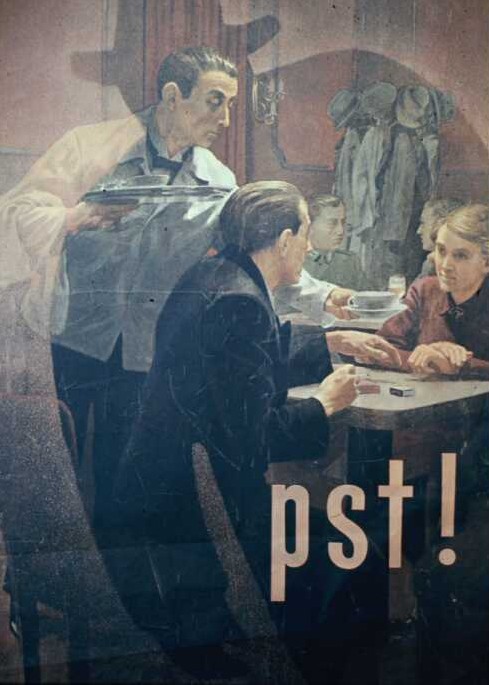
.jpg)
